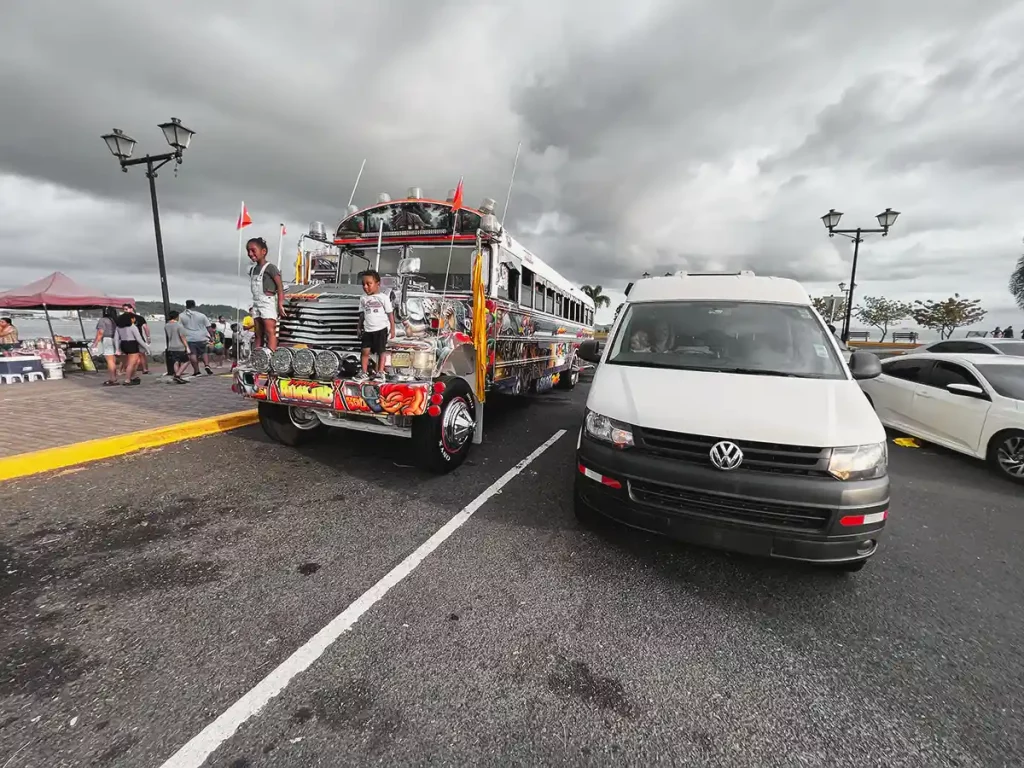Pan-American Highway or Panamericana?
The official name in English is Pan-American Highway, but in Spanish the road is called “La carretera Panamericana”. So both variants are possible. For the sake of simplicity, however, we will use the term Pan-American Highway in this article but also Inter-American Highway. Why? Don’t be confused, we will explain the many different terms.
Along numerous dream beaches, dense jungle areas, impressive volcanoes and mountain regions, the Pan-American Highway offers the most beautiful and exciting adventures in the world. If you want to experience a lot and give your heart to different cultures, a trip on the Pan-American Highway is the perfect way to do so. The route network offers incredible natural spectacles, breathtaking views and a real “pura vida” feeling.

As diverse as our world is, so are the individual stretches that lead you through numerous regions and nations that could not be more different. Small and big cities, dreamy villages and great people will give you memories and moments that you will never forget.
Surveying the highway
How long is the Pan-American Highway and which countries does it actually pass through? Originally planned as the longest railroad route, the Pan-American Highway now officially stretches from Ushuaia in Argentina to Prudhoe Bay in Alaska, USA. Along the way, it crosses the most fantastic countries of the South and North American continents, which offer not only unique flora and fauna, but also impressive buildings, cultural monuments and wonderful people.
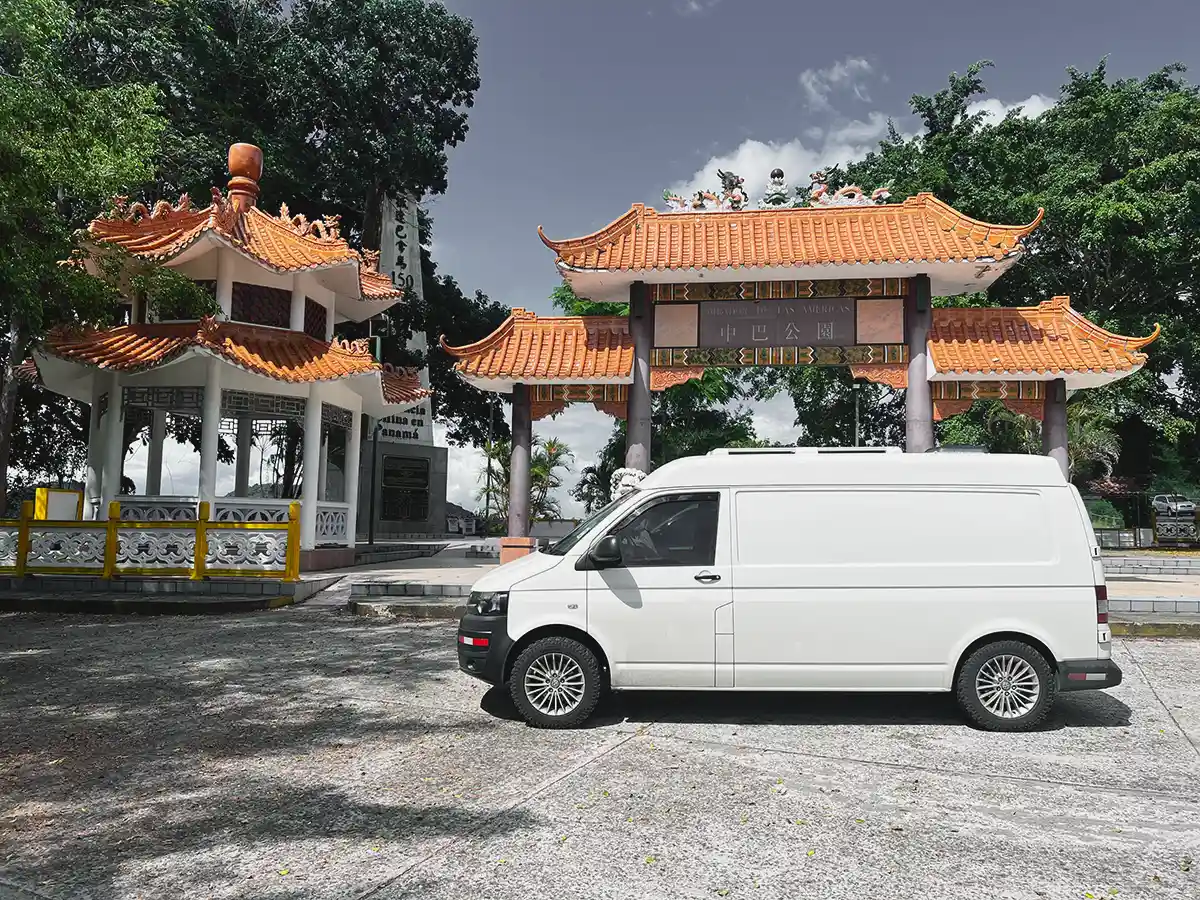
From modern metropolises to indigenous villages, from undeveloped areas to the greatest biodiversity on earth, impressive discoveries await along the route with very special experiences. The Pan-American Highway crosses both American continents. Strictly speaking, it is not a single road, but an entire network totaling some 48,000 kilometers.
The idea for the highway was born in 1923, and its construction was contractually sealed in 1936. The official part runs from the Mexican border with the United States through Belize, Guatemala, Honduras, El Salvador, Nicaragua, Costa Rica, Panama, Colombia, Ecuador, Peru, Bolivia and Chile to Buenos Aires in Argentina. Unofficially, it also includes stretches as far south as the tip of Chile and north through the U.S. and Canada to Alaska. Most tourists drive the entire route, because it is precisely at their current final destinations that the dream road awaits them with unforgettable adventures.
Highlights of your road trip
When you travel with the Morpho Van on the “Pana” (as it is called by most here in Panama), you don’t have to choose between lonely, deserted and turbulent regions, because you will inevitably experience both. From the Darien Gap to Panama City to the border with Costa Rica, the Pan-American Highway traverses all of Panama – once from beginning to end.
Panama is an elongated country bordered by the Pacific Ocean and the Caribbean Sea. The advantage for vacationers is brilliant. Along the road, the most beautiful destinations are to the left and to the right. Along the Pacific coast there are many beautiful beaches and depending on your taste you can visit small villages or bigger cities where life is pulsating.
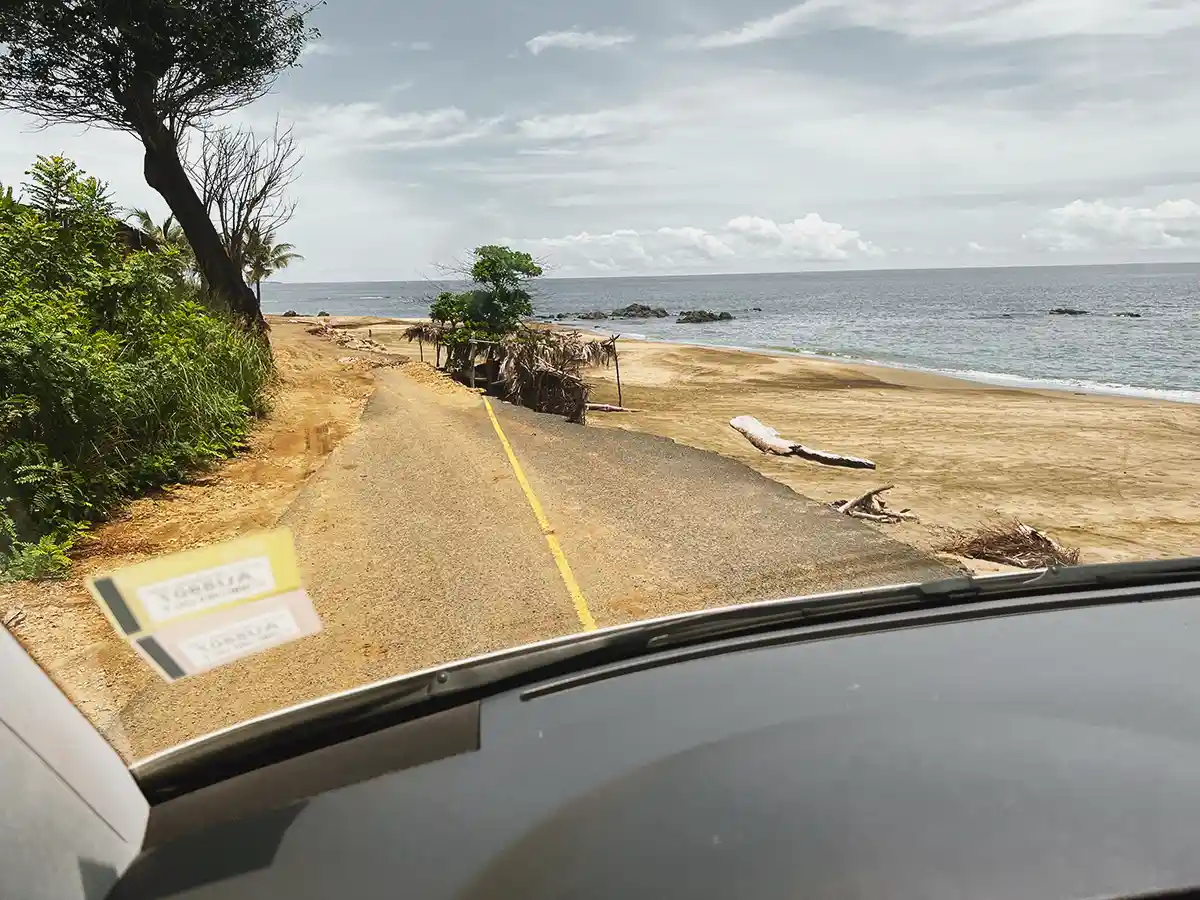
Panamanians are very good-humored and cheerful people. They interact with everyone and always have a smile on their lips. The “pura vida” is also paramount here in Panama. Panamanians usually work a 6-day week and enjoy Sundays with family and celebrate many festivals. Then the highway around Panama City is well filled and there are traffic jams for miles.
But on many sections along the Pacific coast you can also find very quiet corners and during the week almost deserted beaches and coastal sections. Panama is still one of the least touristically developed countries in Central America, since the Panama Canal is the country’s main source of income and it is easy to rest on the comfortable source of income.
In terms of landscape, Panama has as much to offer as Costa Rica and also the wealth of species is enormous. Those who travel through Panama by campervan can look forward to unique encounters with fabulous flora and fauna. Between chaotic hustle and bustle on the roads and quiet, unspoiled national parks, you will really get to know the “Pura Vida” of the country with a campervan.
Connecting two worlds
La Carretera Interamericana – The Central American Pan-American Highway – or officially the Inter-American Highway is the Central American section of the Pan-American Highway spans 5,470 kilometers between Mexico and Panama. A phenomenal and historical highlight awaits you in Panama City.
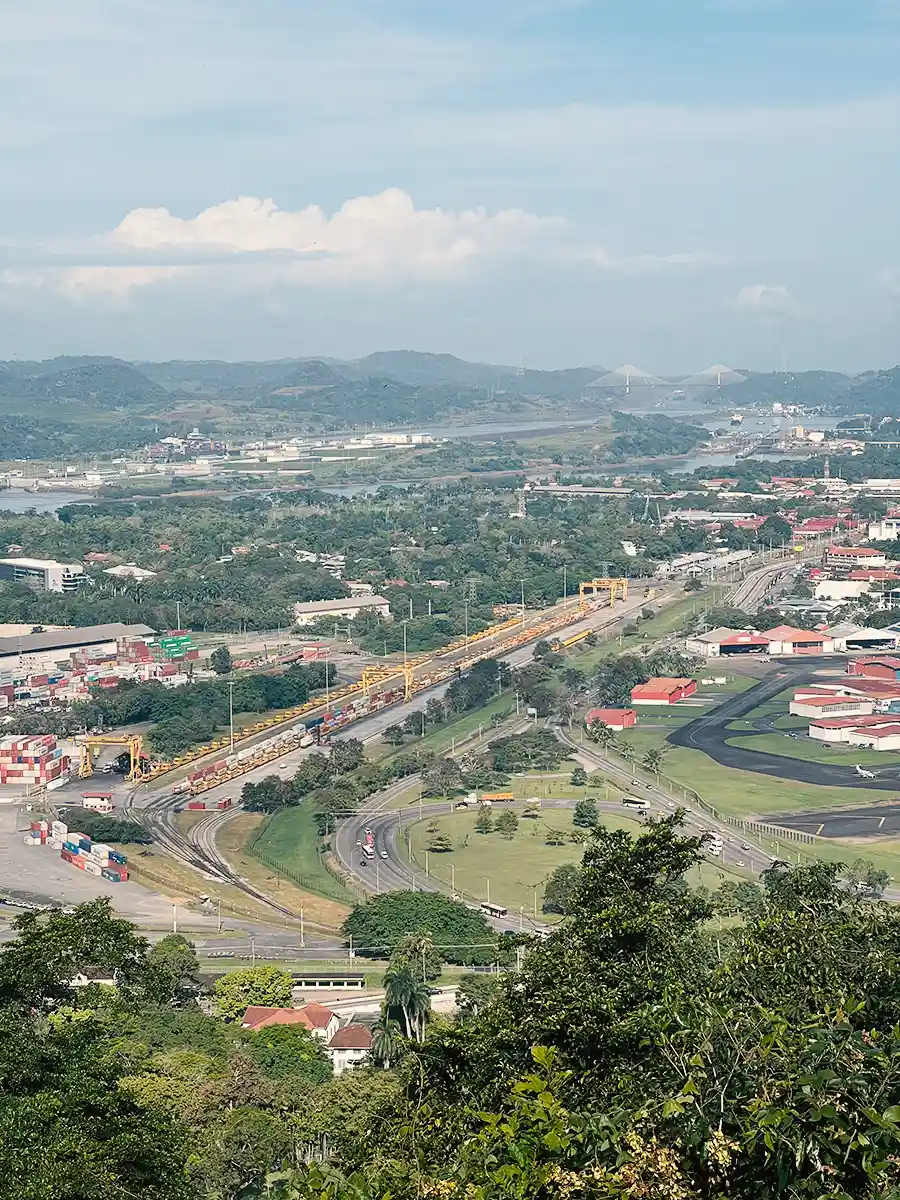
The impressive bridge “Las Americas”, which leads directly over the Panama Canal, connects the two continents North and South America. It was built in 1958 and is 1654 meters long and 15 meters wide. Even today it is the main artery of the Interamericana inland to the west of Panama. To the left and right of the bridge you can see the huge container ships passing through the Panama Canal from the Pacific to the Atlantic, and you have a breathtaking view of Panama City.
The famous Panama Canal is the landmark of Panama. The most famous and most visited lock is the Miraflores Lock, a massive engineering marvel. Every day, it lifts 35 to 40 cargo ships heading from the Pacific to the Caribbean up to 26 meters above the water level of Lake Gatun. This saves the ships more than 10,000 kilometers on their journey. Lake Gatun is a huge freshwater reservoir, where boat tours are also offered to the numerous islands and native wildlife.
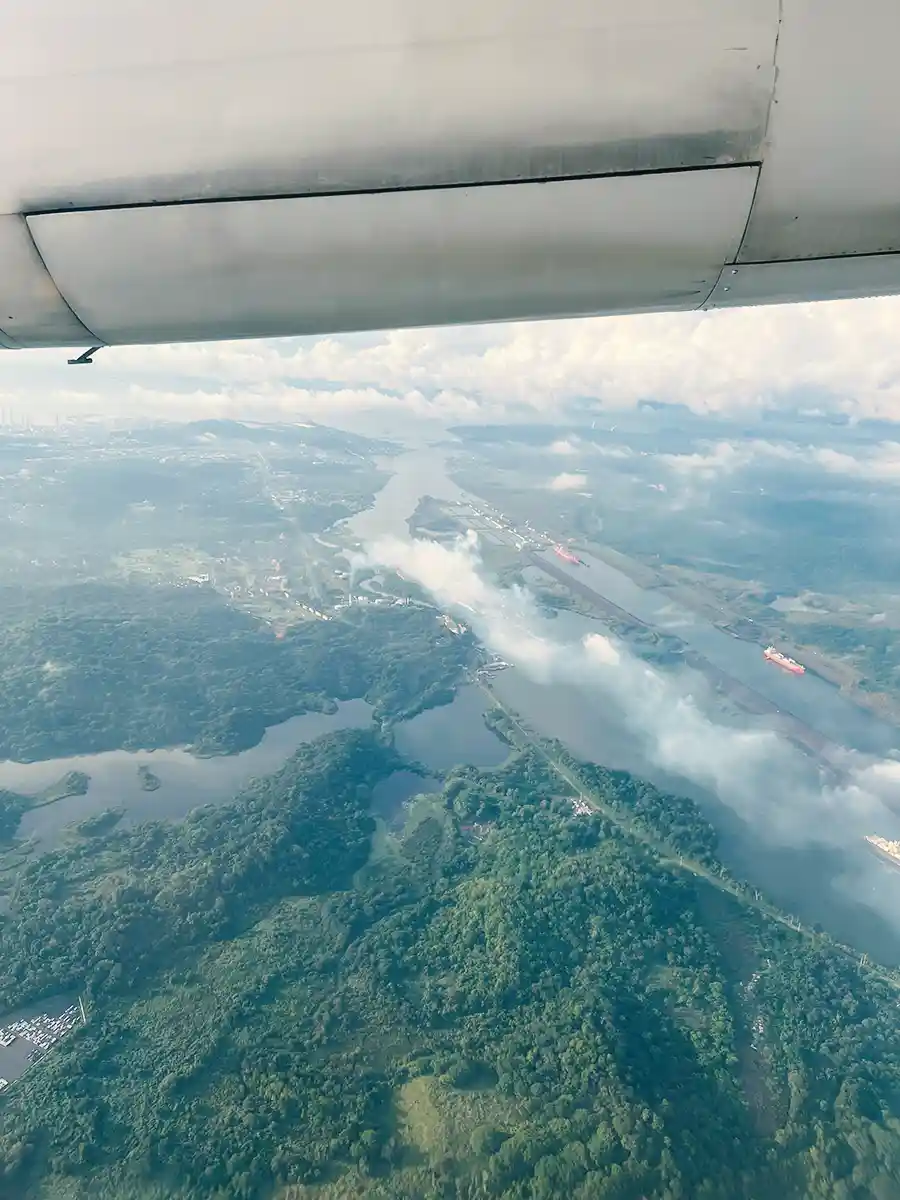
On the other side of Panama City is another special feature of the Interamericana. The mysterious and not harmless dense jungle area of the Darien forms the only interruption of the Pan-American Highway. Above all criminal drug gangs make sure that this area is not opened up and that until today as a traveler one has to drive around the approximately 100 km long interruption only by boat or cross it by plane. A crossing is not possible until today and is considered very dangerous.
From Panama City, westward on the route already leads to the next dreamlike and kilometer-long Pacific beaches on the left side, while on the right side of the Interamericana fantastic mountain and jungle regions invite to hiking and animal observations. Which of the many places you want to go to with the Morpho Van is of course entirely up to you.

